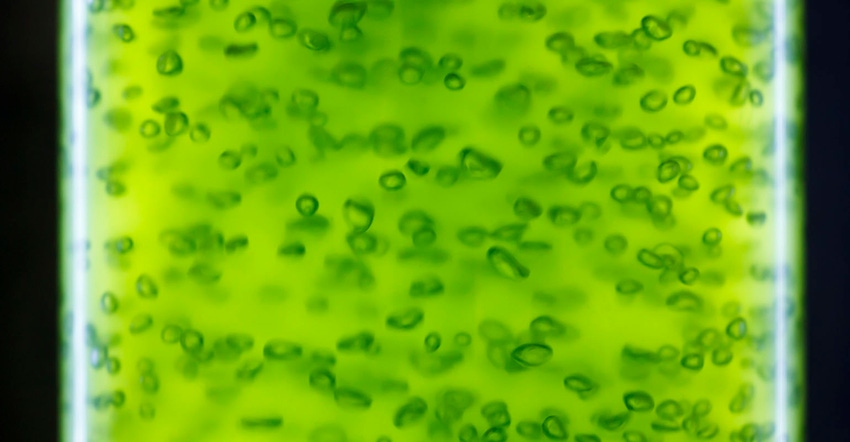March 6, 2019

A multi-agency strategy to accelerate innovative technologies to harness the nation’s biomass resources for affordable biofuels, bioproducts, and biopower has been unveiled. The Bioeconomy Initiative: Implementation Framework was developed by the federal Biomass Research and Development Board – an interagency collaborative which is co-chaired by USDA and the U.S. Department of Energy.
“The emerging bioeconomy presents an opportunity to expand and enable new agriculture and forest markets while also improving the sustainability of the broader modern economy and environment,” said USDA Deputy Under Secretary for Research, Education, and Economics Scott Hutchins. “Strategic federal investments are developing technologies for the bioeconomy that promise to create new possibilities for renewable product supply-chains, jobs, and economic opportunities.”
“A major benefit of the bioeconomy Initiative is the ability to maximize the impact of federal investments in bioenergy and accelerate innovation in the bioeconomy,” said Energy Department Assistant Secretary for Energy Efficiency and Renewable Energy Daniel Simmons. “Biobased technologies can provide diverse, affordable, domestic supplies of energy and other products, providing consumers and businesses with additional reliable and secure energy options.”
The Framework will serve as a guiding document for the BR&D Board member agencies. The Framework presents goals and actions for addressing knowledge and technology gaps in:
Advanced algae systems
Feedstock genetic improvement, production, management, and logistics
Biomass conversion and carbon utilization
Transportation, distribution infrastructure, and end use
Bioeconomy analysis
Bioeconomy sustainability.
The Implementation Framework lays out activities to address technology uncertainty; leverage government, academic, and industrial resources and capabilities; stimulate public-private partnerships; and generate technical information that can inform decision-makers and policymakers.
The BR&D Board includes officials from DOE, USDA, U.S. Department of Transportation, U.S. Department of the Interior, U.S. Department of Defense, U.S. Environmental Protection Agency, National Science Foundation, and the Office of Science and Technology Policy within the Executive Office of the President.
Source: USDA, which is solely responsible for the information provided and is wholly owned by the source. Informa Business Media and all its subsidiaries are not responsible for any of the content contained in this information asset.
You May Also Like




